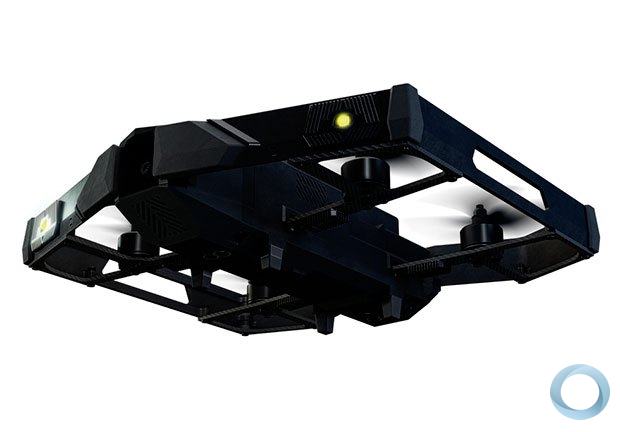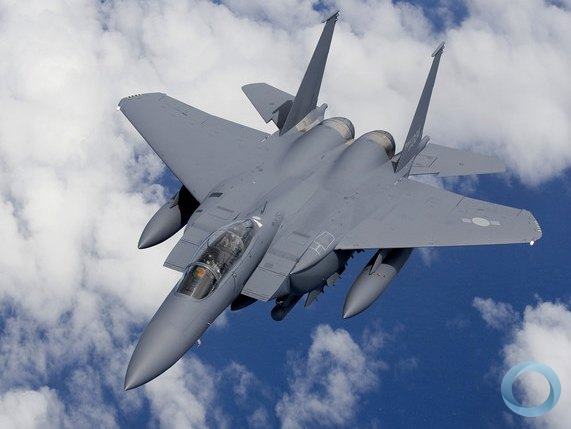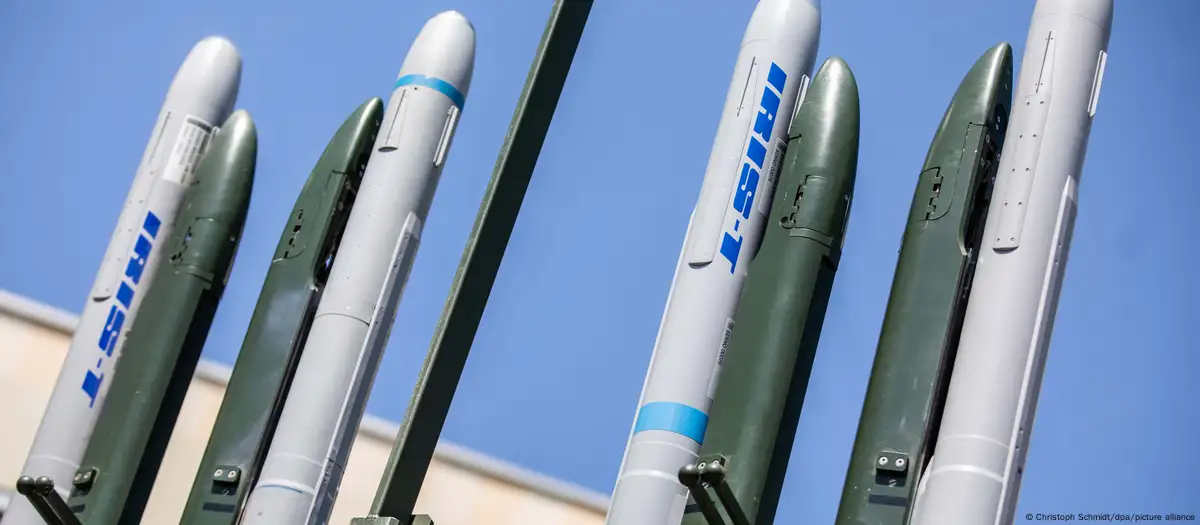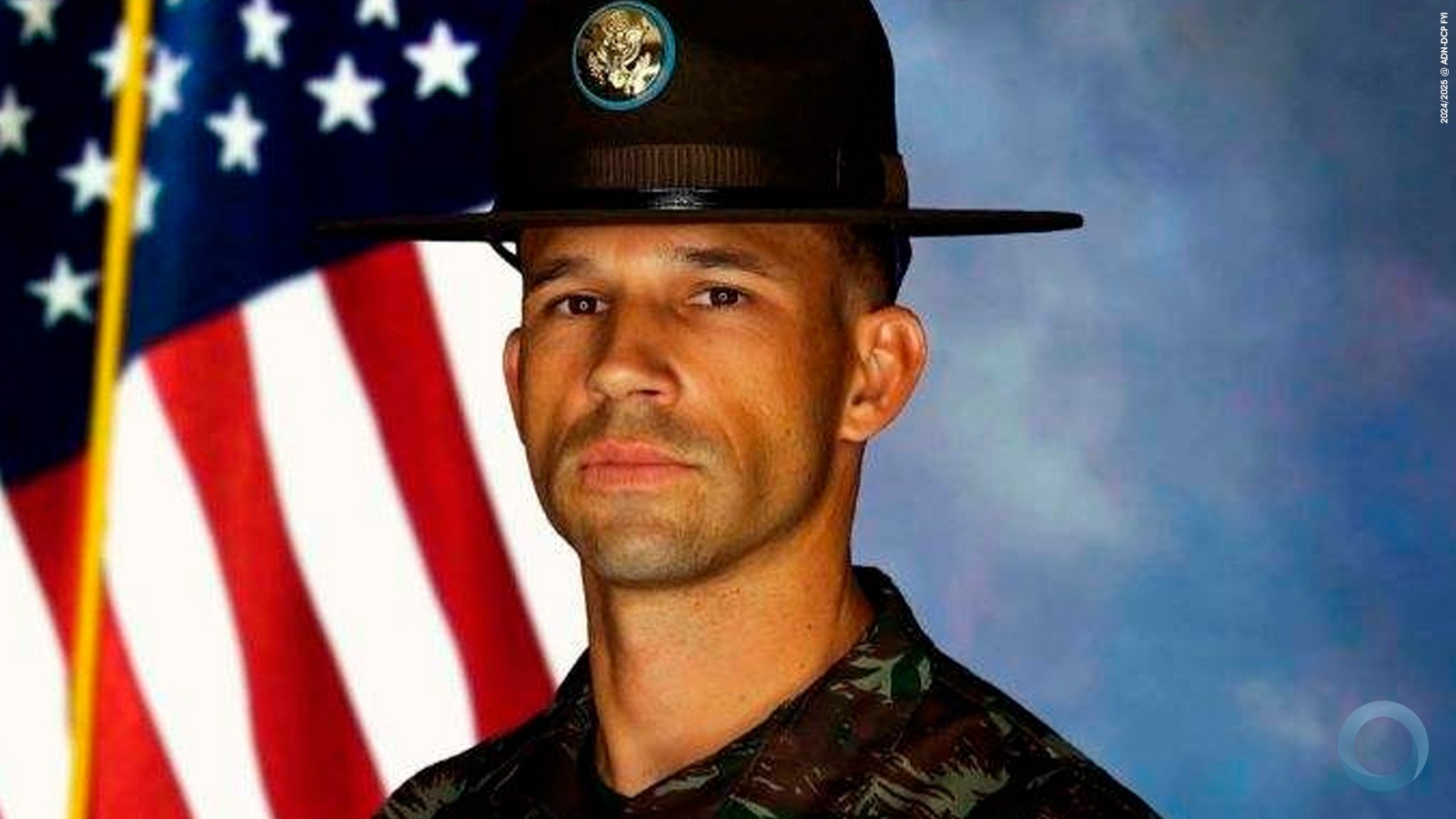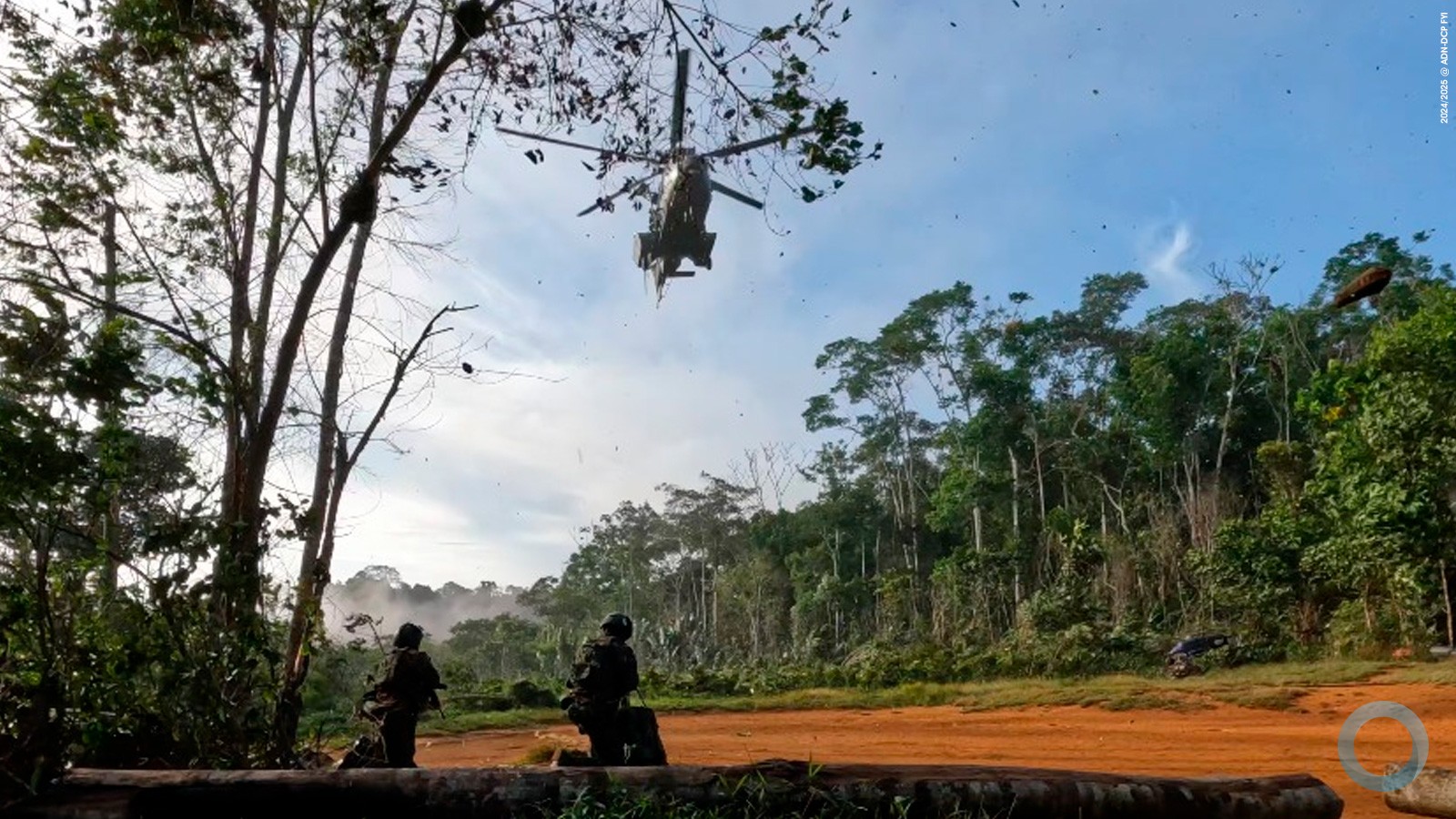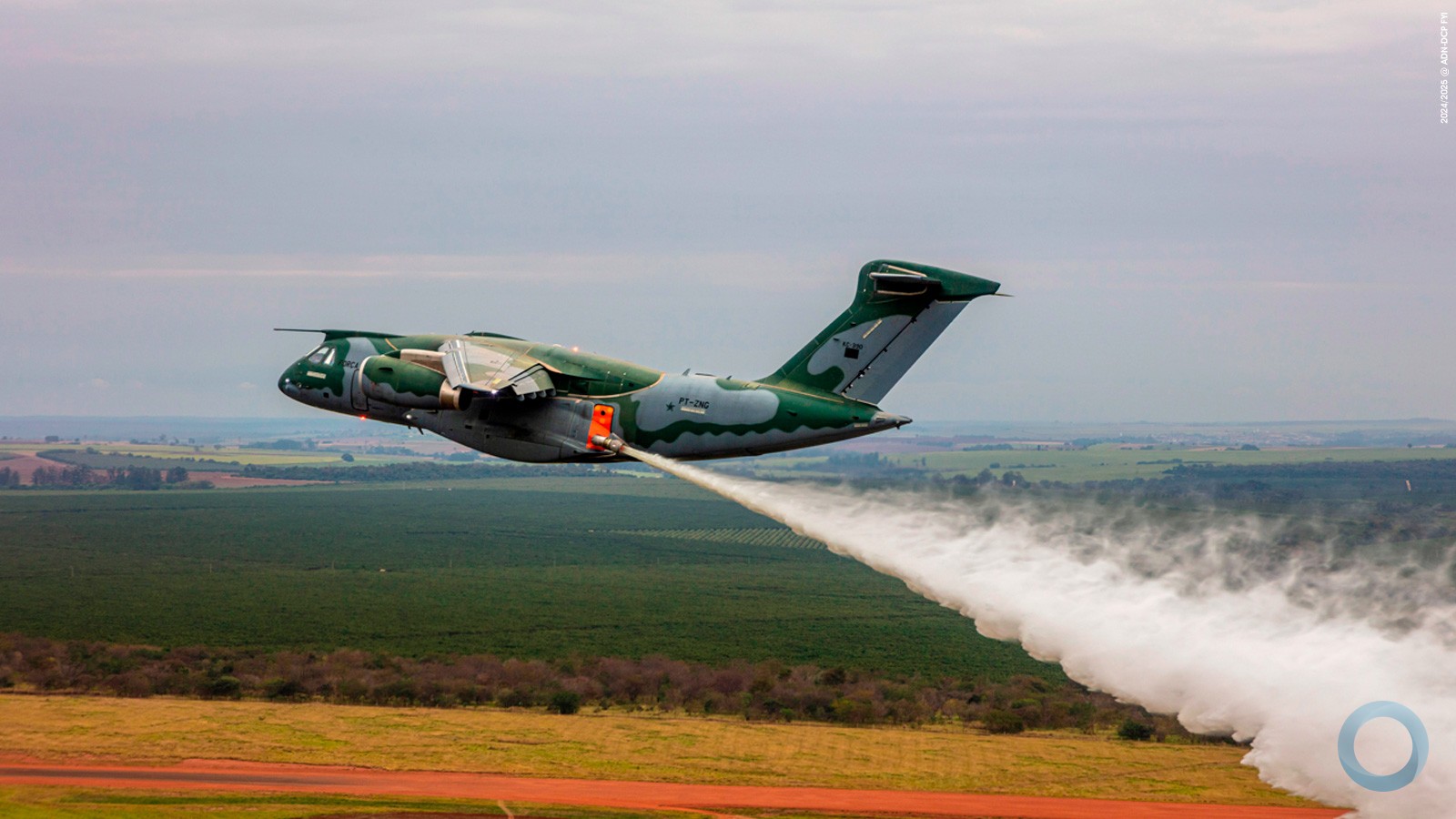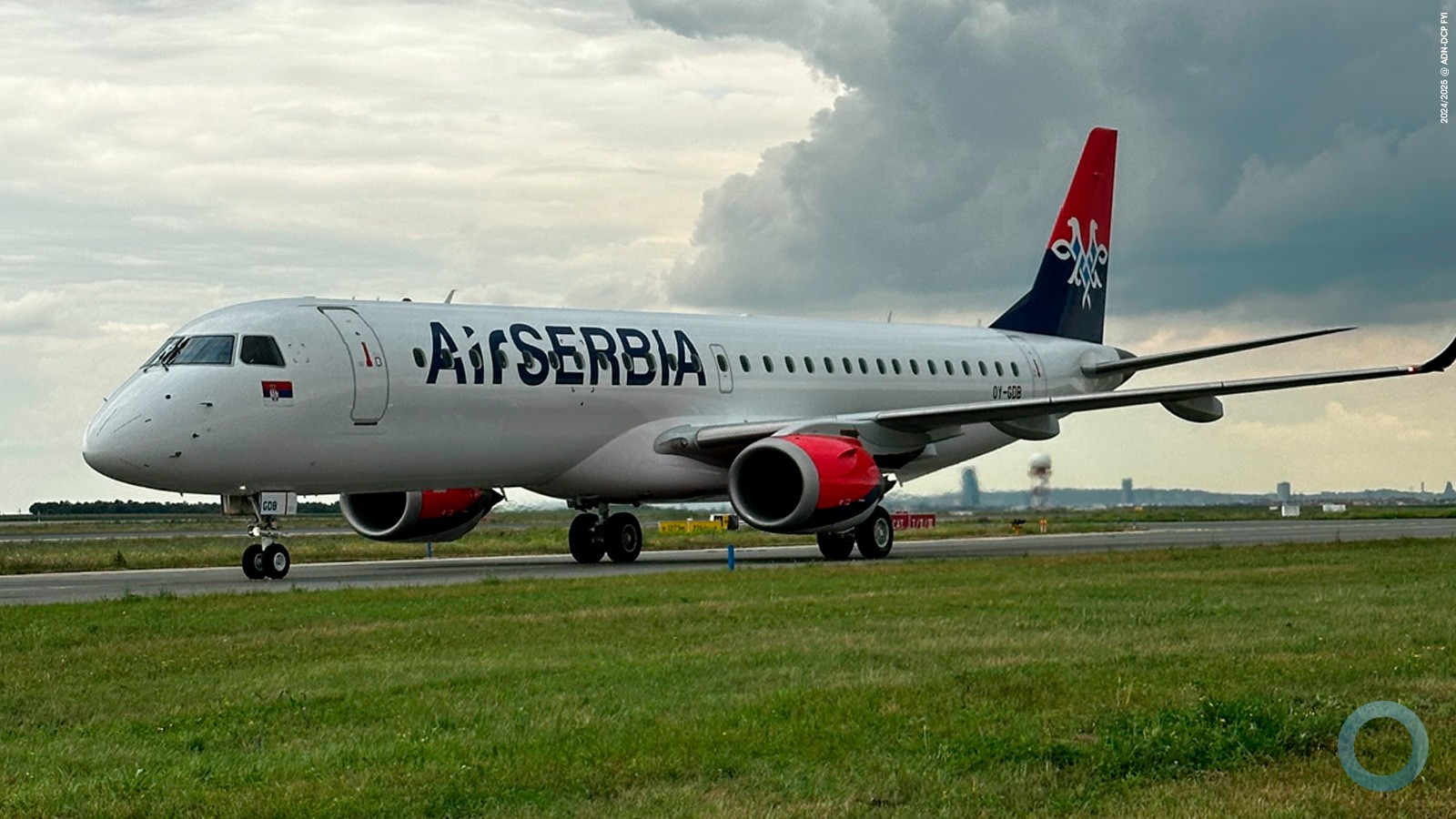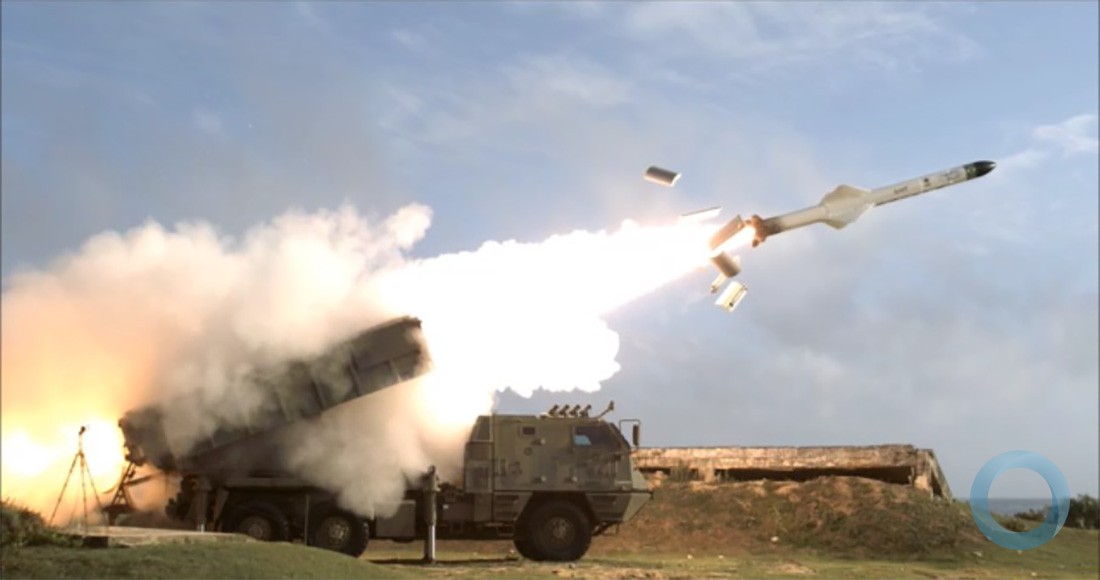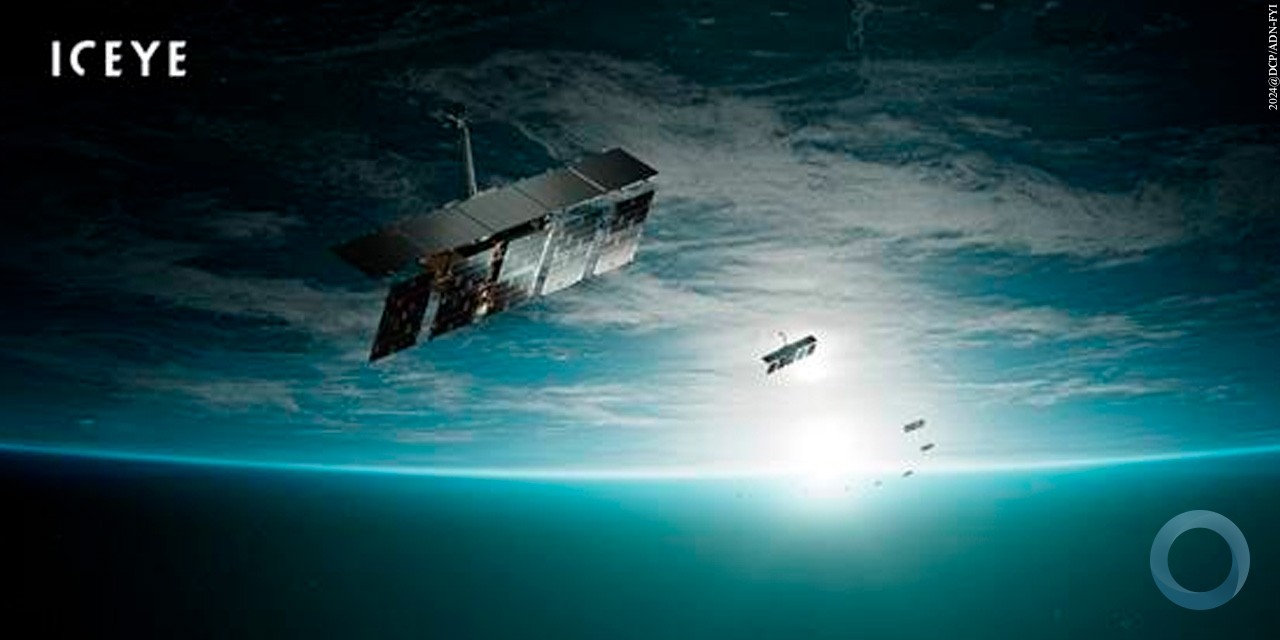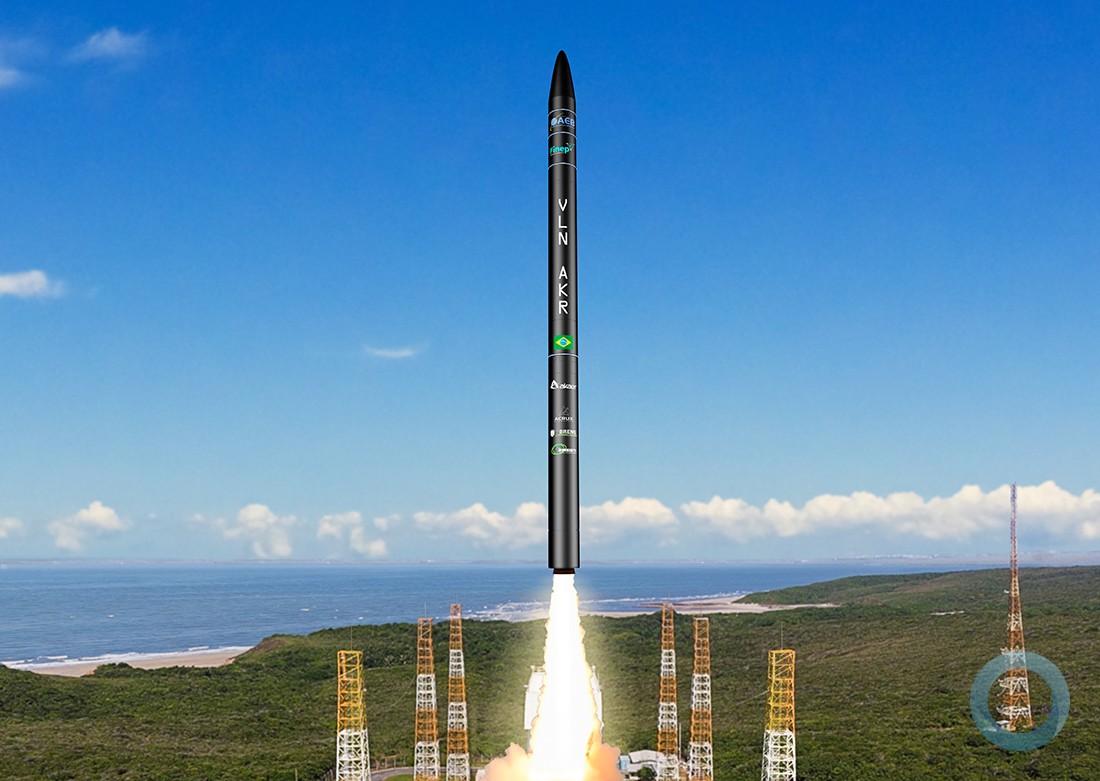Patrícia Comunello
The sharpshooters of the Military Police's Special Tactical Actions Group are always prepared to provide security.
The specialized GATE team, as it is known in Portuguese, also protected the public during the five World Cup matches played at the Beira-Rio Stadium in Porto Alegre in 2014.
“Sharpshooters go completely unnoticed, they hold advantageous positions, and their job is not only to shoot, but also to provide information,” said GATE commander Captain Glênio Argemi Filho.
His team honed their skills through the Tactical Sharpshooter Training Course, run by the Brazilian Air Force's (FAB) Special Aeronautical Infantry Battalion – Canoas (BINFAE-CO – Batalhão de Infantaria da Aéronatica Especial – Canoas Air Base). That's the only battalion in the FAB that offers sharpshooter training to Service Members in other agencies as well — including the state Military Police, the Federal Highway Police's Special Operations Unit, and the Federal Police's Rapid Response Group.
The course, started in 2002, is offered its ninth session from March 9-27. For security reasons, the FAB doesn't report the total number of attendees; but during the last session, only 14 completed it of the 21 who attended.
“They [the other 7] left the program because they could not meet the minimally required accuracy,” said course coordinator and FAB Infantry First Lieutenant Daniel Alberto Bauer Pereira. “The training is quite demanding; the participants are evaluated after each activity, and the levels of accuracy must be close to 100 percent.”
In addition to the technical requirements, those who take the sharpshooter training must know basic infantry routines and be knowledgeable on patrols, survival, camouflage, weapons, navigation, topographical maps, and the use of GPS. Those who pass the training can then work in defending air bases, police work, protecting people, controlling protests, and directing actions.
The importance of collaboration
The structures used for the training included a shooting range at the Canoas Air Base (BACO) with P4 targets (in the shape of a person), at distances of up to 100 meters. “They must aim at a particular point on the head so the enemy falls without having moved,” 1st Lt. Pereira said.
Other installations on the Air Base and V COMAR are used for spotting exercises. On the Butiá training grounds, which belongs to the Brazilian Army and is 80 kilometers from the Canoas Air Base, they shoot targets from distances of up 800 meters, and also receive training in pursuits and how to infiltrate a group.
“We use the existing vegetation as camouflage material as if it were a real mission.”
A key component of sharpshooter training emphasizes collaboration. Some of the key tasks that service members conduct during the training is done in pairs, with a sharpshooter and a spotter. The sharpshooter – the more experienced of the two – carries the precision rifle (such as a 762) and does the shooting. The spotter performs calculations – such as elevation, wind speed, humidity, and temperature – that will help the sharpshooter succeed in hitting his target.
“The spotter is paying attention to the shot, and he corrects it if necessary," he said. Using an assault rifle, such as a SIG 5.56 or an HK33, the spotter checks the equipment. Members of these teams are cross-trained: Spotters are trained to be sharpshooters, and sharpshooters are trained to be spotters.
“The spotter is the other side of the coin. He must know how to observe what is happening and not deviate,” said GATE Capt. Argemi. He took the BINFAE-CO course, and two of his service members recently completed the training. Attendees, he explained, are typically selected as high-achieving, calm officers who will not “break down” when faced with a very tense situation.
Training course simulates a real mission
To their ability to handle such tense situations, March's training session simulated a visit by a politician.
“The teams did not fire, but they identified the most sensitive points and informed the responsible parties by radio,” said 1st Lt. Pereira. Additionally, they worked around sniffing dogs, who could identify and alert on a sharpshooter’s location.
The sharpshooters wore a ghillie suit, which uses a camouflage battle dress uniform, a flight suit, or something similar as a base; on the back of their uniforms, they placed a frayed jute as a disguise.
“A ghillie suit doesn’t make you invisible. You need to cover 70 percent of it in natural vegetation and use the terrain to your advantage,” 1st Lt. Pereira said.
Trainers advise sharpshooter students to conduct infiltrations while going in the same direction as the wind to avoid being detected by their scent; they also show students how to avoid locations where sunlight could reflect off their equipment. “[Light] could reflect off the optical equipment and give away the sharpshooter’s position or mess up the shot,” 1st Lt. Pereira said.
When evaluated on such skills, participants must achieve minimum scores of at least 70 percent to pass their courses. Tests include short and long-distance shooting trials, tests with moving targets, written exams, calculating distances with binoculars, and a final challenge in which a sharpshooter team has to hit a target with a single shot. If the shot is errant, both members can fail.
This rigorous training guarantees the qualifications and the international standards for sharpshooter training, Capt. Argemi said. It also ensures that they can provide effective protection at large events such as the World Cup. Participation in such efforts has become routine for the GATE sharpshooters; for instance, the Tactical Actions Group was also part of the elite National Force during the 2007 Pan American Games in Rio de Janeiro.
“GATE has an impending action with the Military and will continue training in partnership with the Armed Forces,” he said.
For now, no decision has been made yet on whether the team will be called to reinforce surveillance at the Olympic Games and Paralympic Games in Rio de Janeiro, in August and September 2016. “But at any given moment, a team is ready to act,” Capt. Argemi said.












